Ariane Todes reports from an early morning masterclass with Gábor Takács-Nagy

There can be few better ways to start the day than listening to chamber music. Yesterday I was treated to a breakfast session of Gábor Takács-Nagy coaching the Barbirolli Quartet in the beautiful, painting-decked home of London musical patron Bob Boas.
The young quartet performed Janá?ek’s ‘Kreutzer Sonata’ Quartet well, but with some restraint. Takács-Nagy set about encouraging, analysing, coaxing, interpreting, and in his techniques I was reminded of something Elisabeth Zeuthen Schneider mentioned in our September Ask the Teacher article. She said that in her teaching she uses the Kodály idea that ‘the more senses you involve in an experience the deeper it will be’.
I don’t know if it’s something he does consciously, but for every point Takács-Nagy makes he creates some clear metaphorical image, conducts the musical sense with his hands, charmingly mimes the character with his body, and often even sings it. It’s not always easy in masterclasses for students to take in immediately all the nuggets that are offered, but they can’t fail to understand what he is communicating when there is so much context. Takács-Nagy told me afterwards that his hope is that they’ll wake up the next day and understand what he meant.
Having heard the first movement his reaction was that for all the unexpected emotions in the music, the performance was too predictable and needed more colours – he even used the word ‘banal’. When the tune passes through all the instruments, rather than being the same each time, as the group did, he suggested that each player should bring a different colour. The beginning, he said, must be ‘immediately 18-carat gold’. For the cello tune marked mezzoforte and leggiero, he said that the cellist was forcing the sound, that it was too much ‘bodybuilding’. Chaplin-like, he switched instantly from bodybuilder imitation to strolling down the street with hands in pockets, whistling, to give a sense of the desired character. Elsewhere, words made the affect, as he described a first-violin leggiero theme as ‘not two bottles of wine – only half a bottle’.
He continued to persuade them of the various contrasts – ‘You have to feel what kind of variation comes from the composition and believe in your inner instinct.’ In the con moto he asked for the melody and rhythm to be more contrasted, with the viola playing shorter and closer to the bridge. He explained: ‘Like in marriage, sometimes opposites attract and this makes a good marriage.’ Again he described how when you repeat something, you must add some spice to it: ‘The composer allows us to add extra nuances in repetition. You have to help listeners – they don’t know the piece as well as you do.’ He challenged the players to get inside the mind of the composer: ‘Composers feel what they write so much, but they don’t write everything.’
In describing the attack of a fortissimo chord he exhorted the group to ‘send it on the autobahn to the continent’, with an accompanying sweep of the arm. When showing the first violinist one particular theme, he sang the three-note phrase in six completely different ways. And when turning to a second violin phrase he described her playing as ‘too much Kapellmeister’, miming the character of how she played it. He quoted Casals as saying, ‘”Timing and colour are never in the score” – they are up to you.’
After this feast of musical insight it was back to the real world for me as I had to head back to the office. But what a way to start the day!
Tell us about your favourite masterclass encounters.

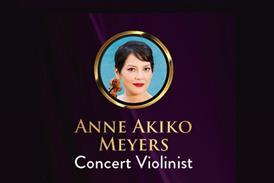
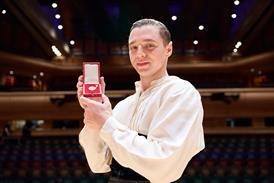
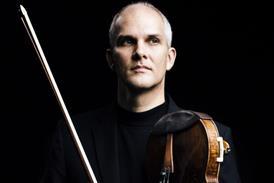
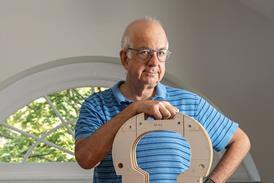
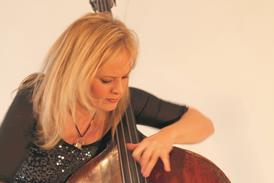
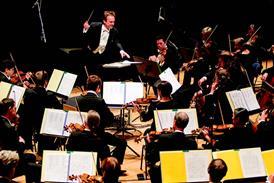


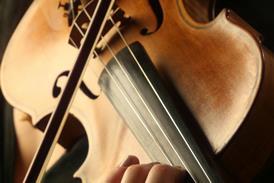
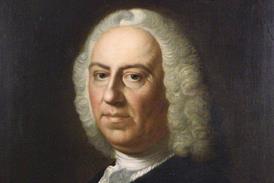















No comments yet